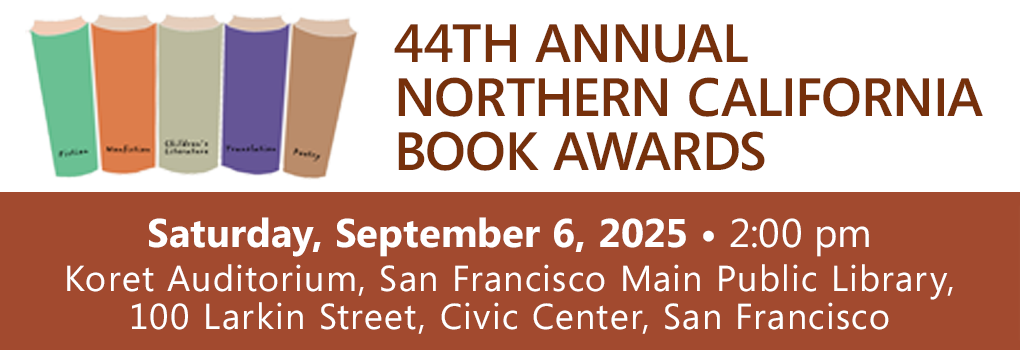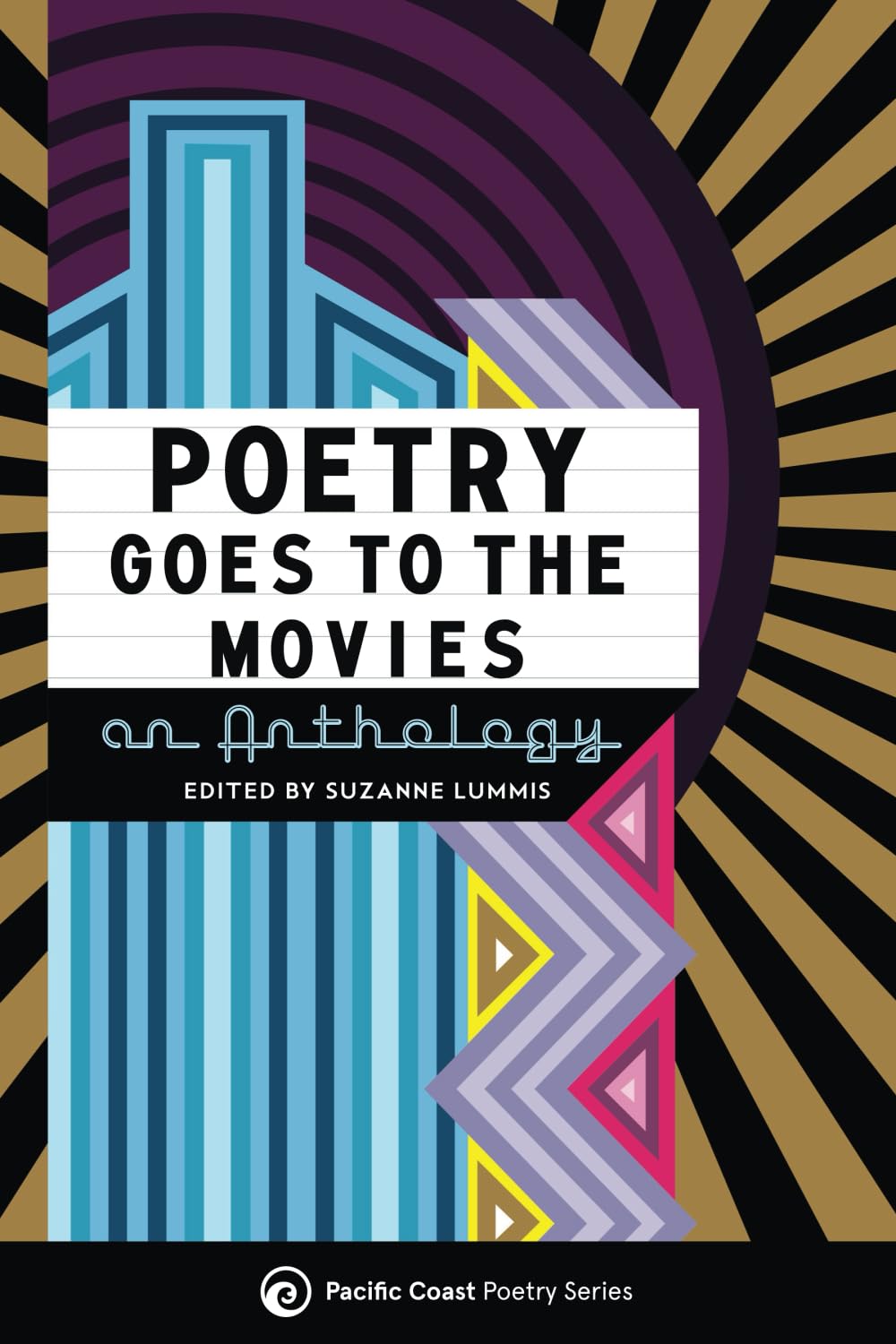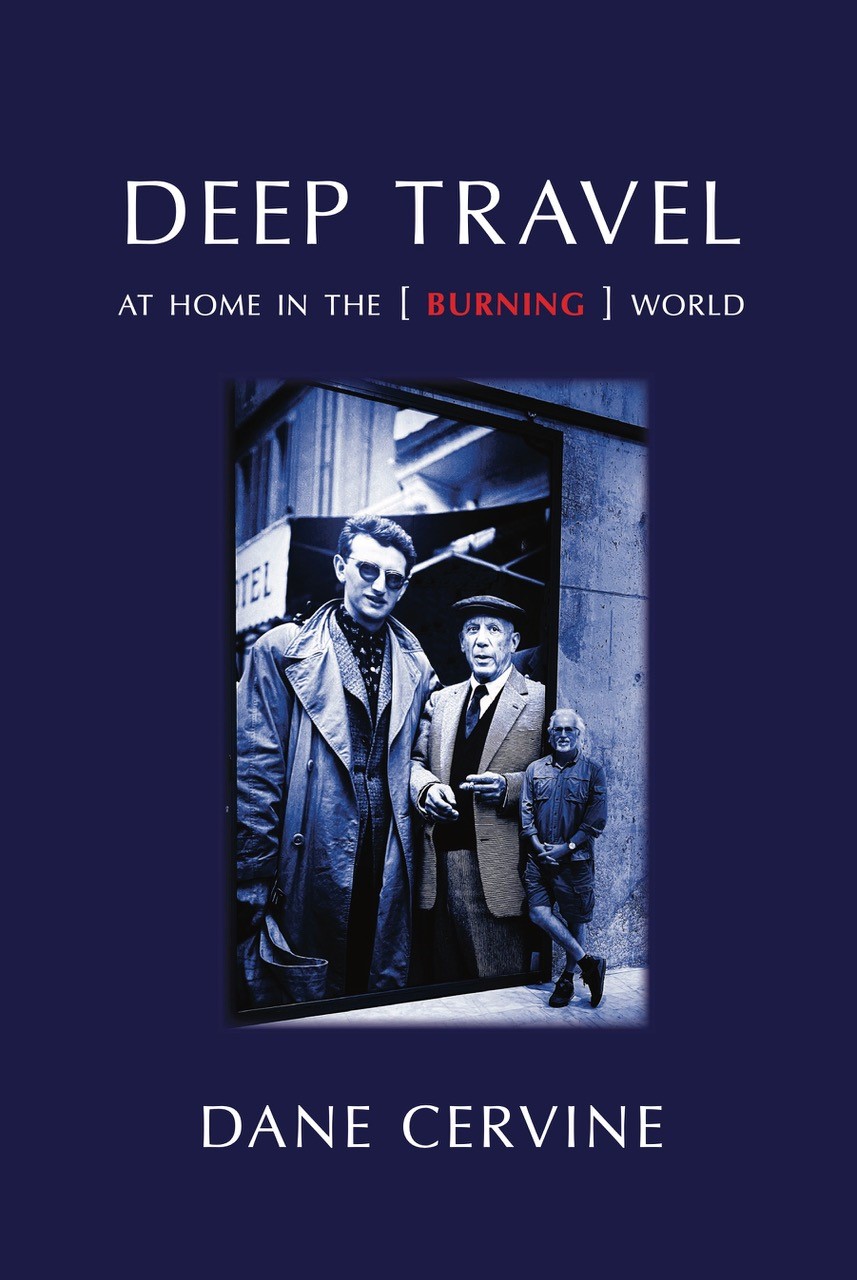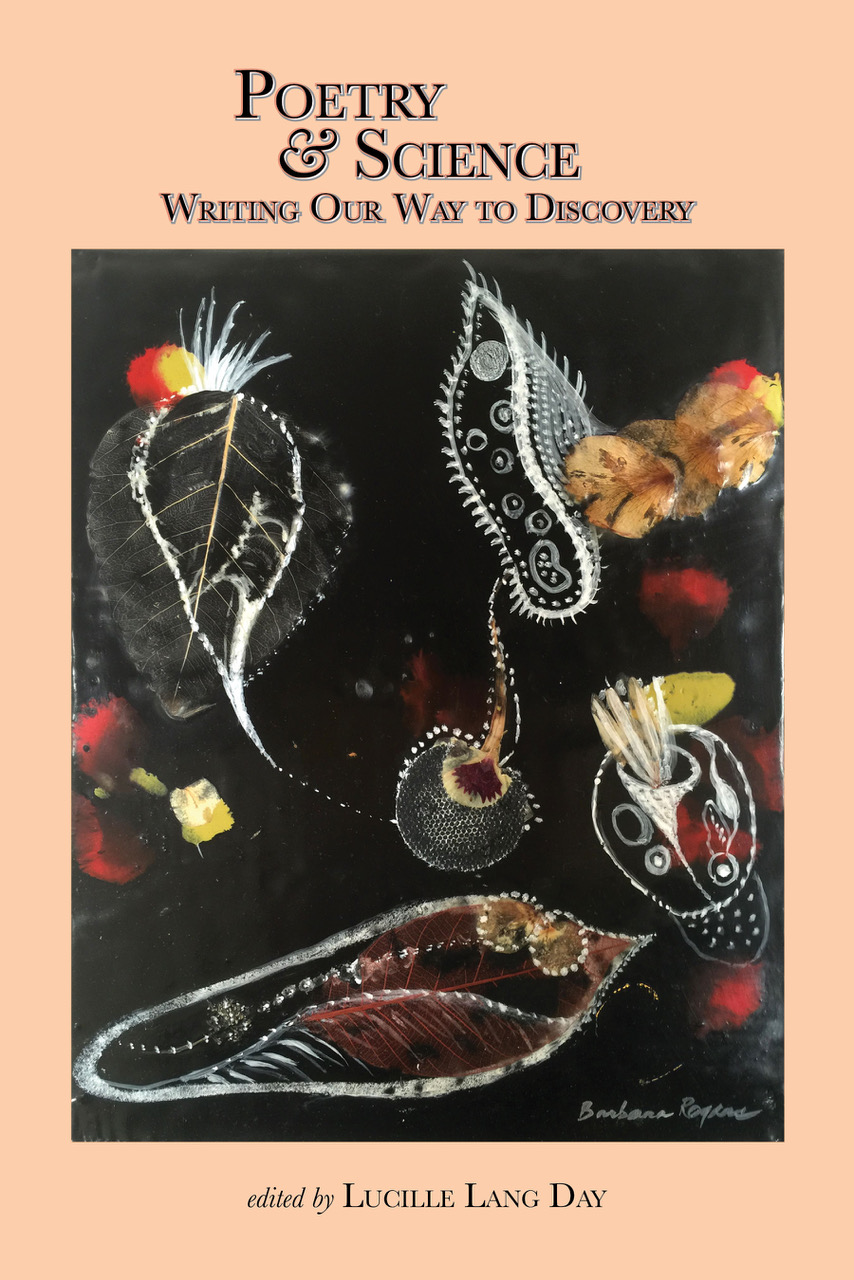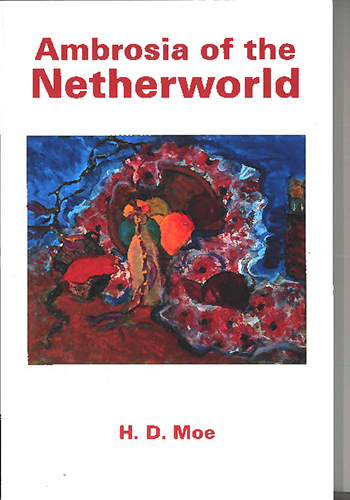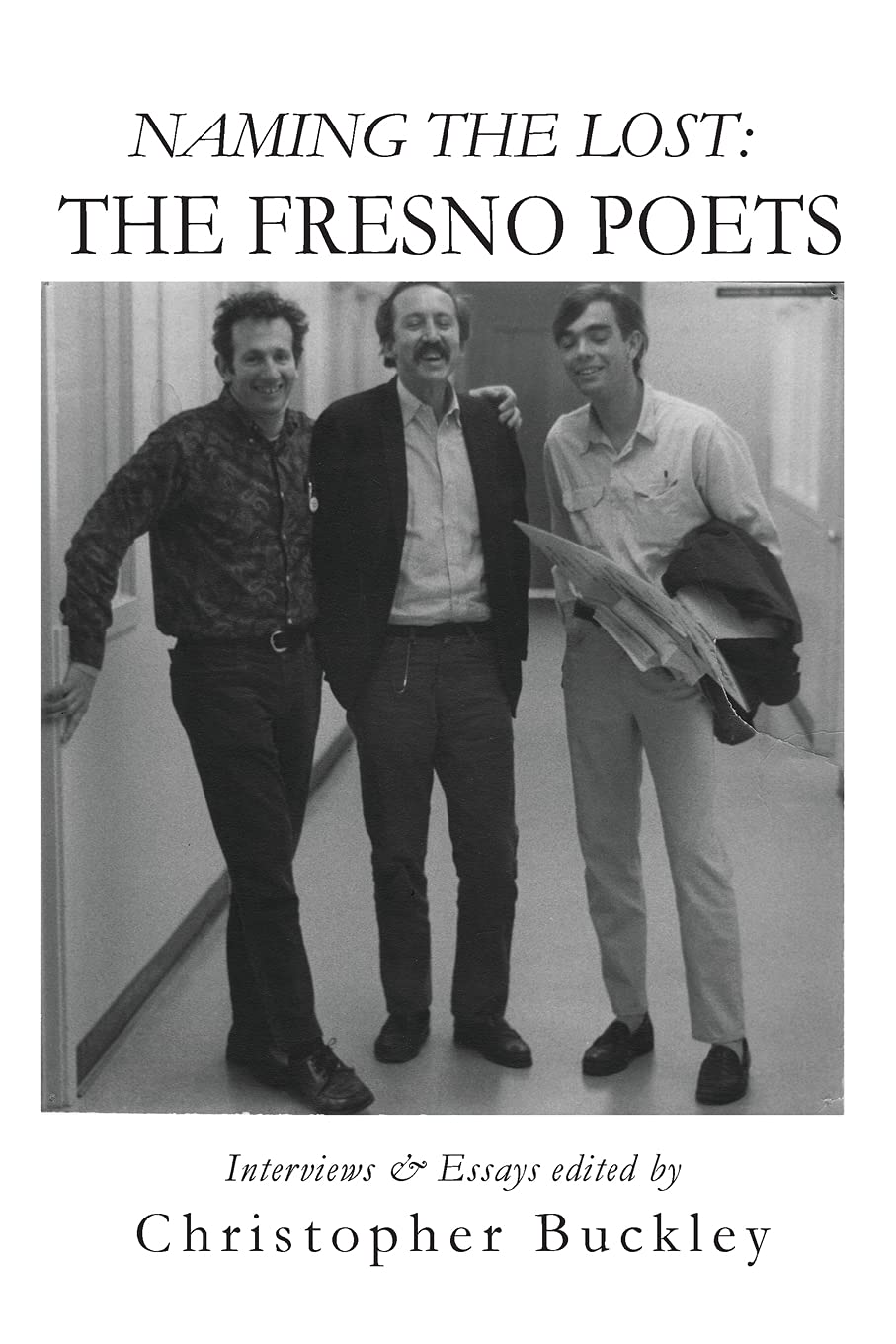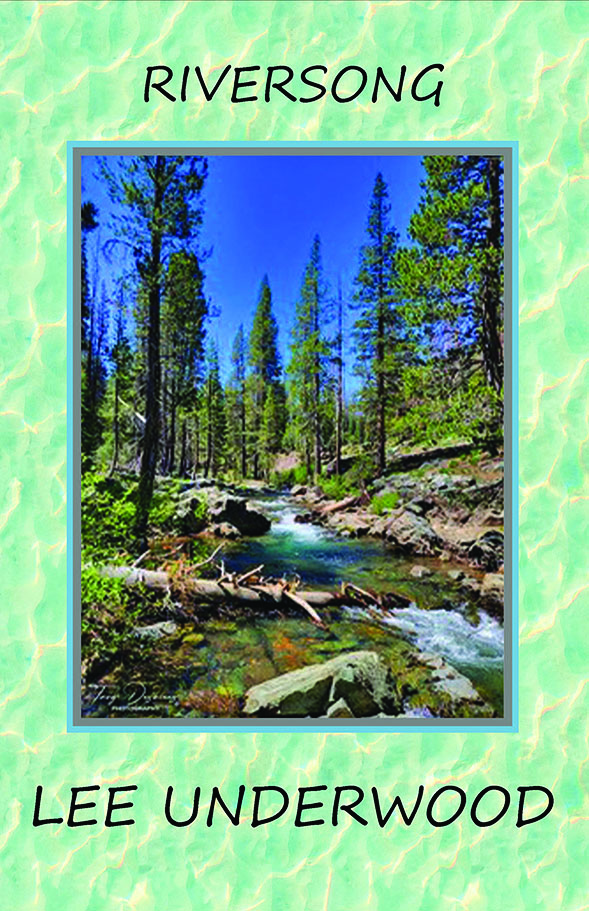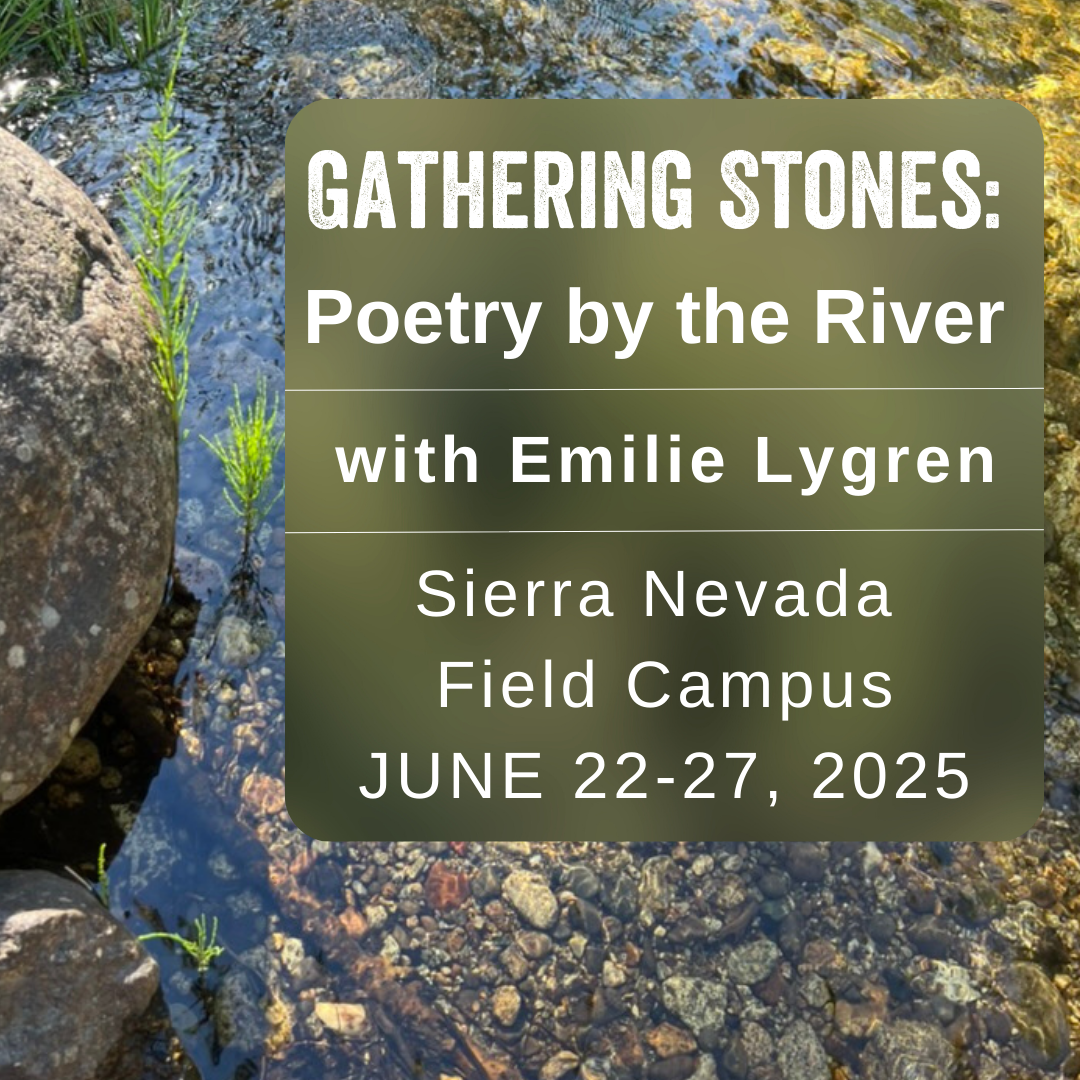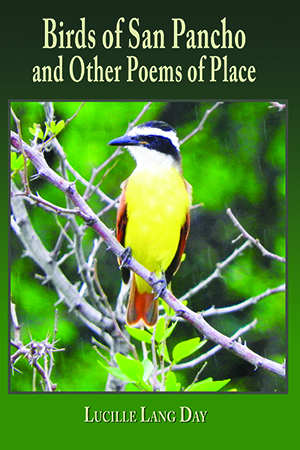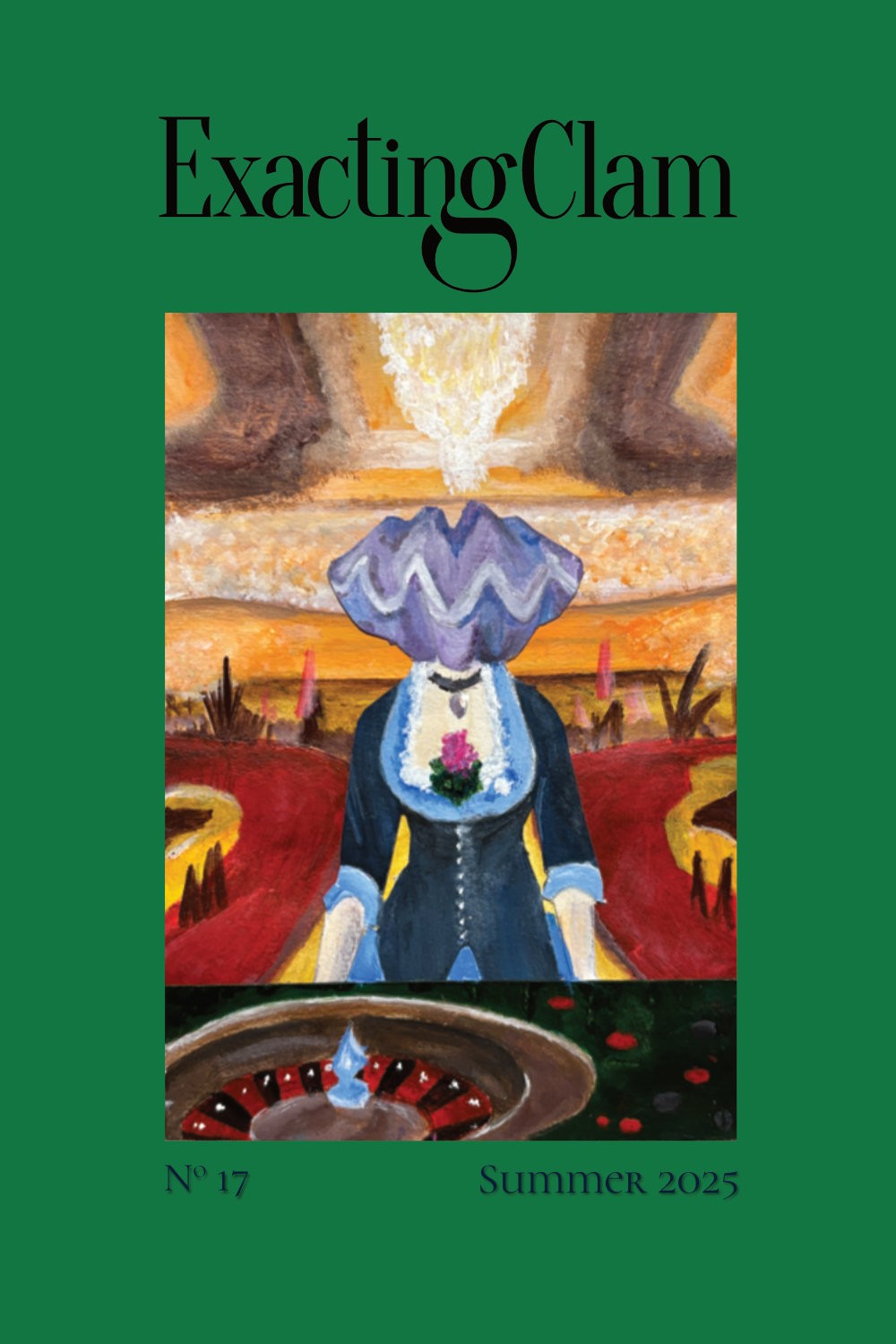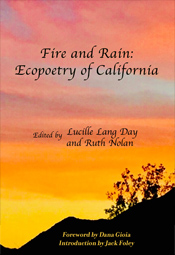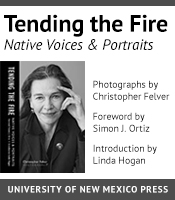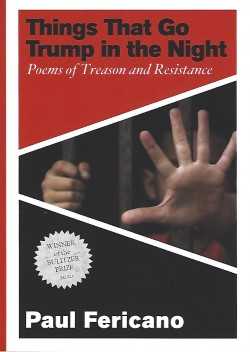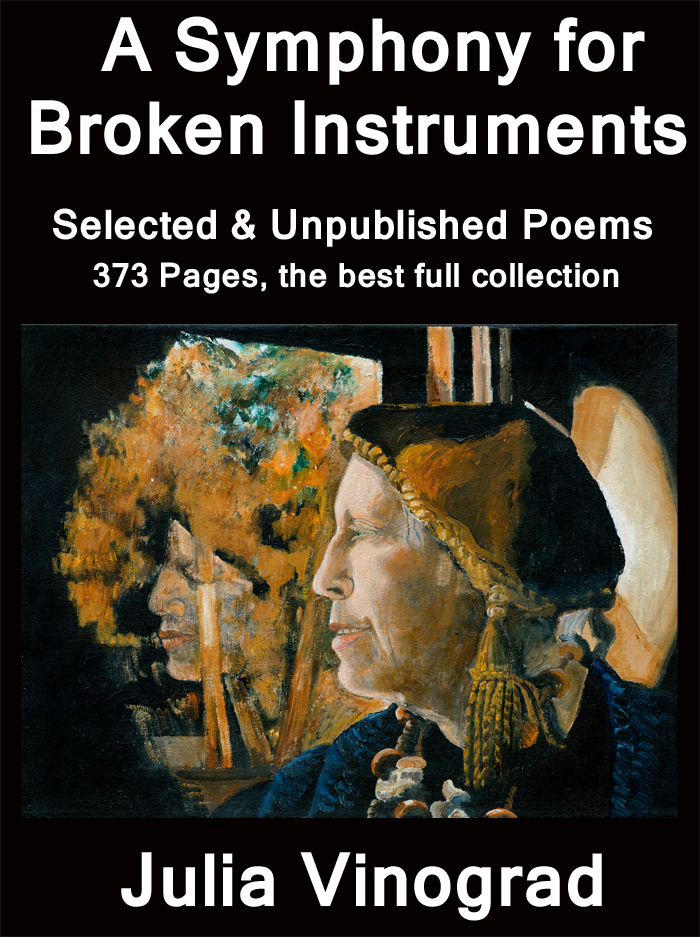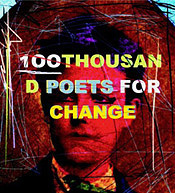
Orchestrations
by Richard Silberg
The H.D. Book, by Robert Duncan, edited with an Introduction by Michael Boughn and Victor Coleman, The Collected Writings of Robert Duncan (Book 1), University of California Press, 2012, Berkeley, Los Angeles, London, 696 pages, $36.95 paperback.
Already deep into the book, but still, in fact, pretty early in the vast skein of it, these words set off a depth charge in me: "The symposium of Plato's time was restricted to a community of Athenians, gathered in the common creation of an areté, an aristocracy of spirit…but our areté, our ideal of vital being, rises not in our identification with a paradigm in a hierarchy of higher forms but in our identification with the process of design beyond our own figure. To compose such a symposium of the whole, such a totality, all the old excluded orders must be included. The female, the lumpen-proletariat, the foreign; the animal and vegetative; the unconscious and the unknown: the criminal and failure—all that has been outcast and vagabond in our consideration of the figure of Man—must return to be admitted in the creation of what we are." (page 154) Jerome Rothenberg had cited Robert Duncan as the source for his anthology title Symposium of the Whole. I realized this was the passage he was referring to, and their two separate projects focused in parallax for me, flowered and flashed. Rothenberg's anthology deals with preliterate, tribal peoples, reaches for an 'original' poetry that variously melds music, masks, dance, ritual into expressive unities, gesamtkunstwerke, and he finds there suggestive potentials for the avant-garde, symmetries between the early and future human. Duncan ranges through high civilization, the mythologies of Egypt and Mesopotamia, Hermeticism, Kabbalah, the troubadours, Dante, Nietzsche, Freud, his fellow modernists to forge his poetics. But both are in quest of the 'whole'; both sift the past to divine the present and the future; both look to the esoteric and the mystic, the hidden and forgotten, even despised to complete poetry, the "figure of Man."
And H.D., of course, is the muse and the poet, the spot lit center of Duncan's exploration. He begins the book with a 'madeleine' moment:
It is some afternoon in May, twenty-five years ago as I write here—1935 or 1936—in a high school classroom. A young teacher is reading:Fruit cannot drop
through this thick air…
…as she read the poem, something changed, became more, transformed by her sense of the poet's voice, impersonating the poet H.D.
…fruit cannot fall into heat
that presses up and blunts
the points of pears
and rounds the grapes.
(page 35)
Duncan goes on to speak of this young teacher, who he says was charged with preparing them for the ranks of the "professional middle class." But sometimes, he tells us, she offered special writers, like D.H. Lawrence and Virginia Woolf, with "the shy confidence of a child searching out her companions, sharing with us corners of a garden that were secret or magic places." (page 38) Duncan understood this H.D. poem to be such a gift: "I saw disclosed in these writers…a thing—the thing—to be loved. The ardor for the truth of what was felt and thought, the faith in passion, was a virtue, a power of man: to search out a life within life." (page 40) And he's off for an astonishing six hundred plus pages.
In their introduction, the editors tell us that The H.D. Book was one of the great lost texts. Duncan began writing it in 1959 and completed it in 1964. Chapters appeared in little magazines between 1966 and 1985, but it was never published as a book until 2011, some forty-five years later.
The H.D. Book as we finally have it gives the feel of an organic structure. It doesn't move as a narrative, say, or according to some obvious intellectual scheme. Rather, it seems to process and reprocess, to move round through its material wider and wider, deeper and deeper, spinning a great web or living tissue. The book is divided into two main parts, "Beginnings," with six chapters, and "Nights and Days," much the larger of the two, each chapter of which is headed with a date that "Appendix 2" tells us is the date on which the chapter was originally written. The fact that these chapters are between twenty and fifty pages long tells us something about the impetus or passion with which the book was created. Finally, there's a third section, "Appendix 1," about fifty-five pages titled "Preliminary Notes toward Book 3 of The H.D. Book," telling us, of course, that Duncan never finished this huge project to his satisfaction.
Here is his own assessment of it: "So, when I think of H.D.'s later work: The War Trilogy," and he lists parts of Tribute to Freud, By Avon River, and what he calls a 'roman à clef', Bid Me to Live, "that these are masterpieces has a double charge. It means both that she is my master here in the art of writing; and, just in this, that she is my master here in spirit. That this book, in turn, is an apprentice piece. Where, trying my hand, a student, I must often miss and go on as best I can." (page 207) But, as I've already indicated, H.D. is far from the isolated object of his attention. First of all, he sees her, necessarily, in her origins as a member of the Imagist movement and, more specifically, as part of a famous poetry trio: "These three—Pound, Williams, and H.D.—belonged in their youth to a brilliant…generation that began writing just before the First World War and publishing in The Egoist in London, in Poetry and Others in America. They alone of their generation—and we must add D. H. Lawrence to their company—saw literature as a text of the soul in its search for fulfillment in life and took the imagination as a primary instinctual authority. The generative imagination Pound called it. They took the full risk of seeking to fulfill their vision of the poet as seer and creator. It is the heroic concept of the poet that the Romantics had had…." (page 216) In what might seem a continuation of this passage but actually appears about a hundred pages later—evidence of the wide, whorling method of his writing—he says of these writers: "But, for Pound and H.D., as for Williams and D. H. Lawrence, things and events strive to speak. To evoke an image is to receive a sign, to bring into human language a word or a phrase (in Pound's later poetics, the ideogram; in H.D.'s, the hieroglyph) of the great language in which the universe itself is written." (page 314)
Duncan's conception of poetry as set forth in these last two quotations, as can be inferred, in fact, from virtually everything he says, is obviously not just 'the best words in the best order'. For him poetry is a spirit quest, listening to the inaudible, seeing the invisible, the uttering of gnosis. The poetics he seeks throughout these hundreds of pages is set apart from what he calls "literature":
The consciousness bent down to a literature lives on its wits in a sulfurous burning. And if we come under literary dictates, all is voluptuous or all agony, is a matter of what we like and do not like, of literary taste, of good-and-bad the tongue knows, is hell.
As the other consciousness we see in the light spread out in the heavens. Gods there; and in the darkness, daemonic stars.
(page 206)
On the same page he expands the sidereal image of this "other consciousness":
In a map of stars we begin to map our selves. Our projection of what we are was also a first poetry….
This study of H.D.'s work is such an astrology, projecting a net of responses in which points in the sky and lines of feeling suggest figures in a plot at work from day to day…. A romance in Poetry that would be the counterpart of the alchemical romances of the seventeenth century.
(pages 206-207)
As I've been suggesting, though, The H.D. Book hardly reads as a "study of H.D.'s works." H.D. is here, of course; she triggers the book, and she, her life and her works, shimmer richly throughout. Duncan quotes William Carlos Williams on the young H.D., here from a letter to his brother in 1905:
She is tall, about as tall as I am, young, about eighteen and, well, not round and willowy, but rather bony, no that doesn't express it, just a little clumsy but all to the mustard…
We went over fields, through woods, climbed fences, jumped streams…We talked of the finest things: of Shakespeare, of flowers, trees, books, & pictures… I got home at twelve, covered with some mud, a little glory and oceans of a fine comfortable happy feeling inside of me somewhere.
(pages 231-232)
Duncan comments that Williams was twenty-two, and that there's an innocence to these comments, not only of his own youth, but of America before the war. Duncan then quotes Williams on H.D. from his 1951 Autobiography and says that "the picture has changed or something has been betrayed in the picture":
There was about her that which is found in wild animals at times, a breathless impatience, almost a silly unwillingness to come to the point. She had a young girl's giggle and shrug which somehow in one so tall and angular seemed a little absurd.
Ezra was wonderfully in love with her and I thought exaggerated her beauty ridiculously. To me she was just a good guy and I enjoyed, uncomfortably, being with her.
"For God's sake," I told him, "I'm not in love with Hilda nor she with me. She's your girl and I know it. Don't be an ass."
(page 232)
Williams then recounts a walk they took, their talk of poetry, and a rainstorm he warns her of:
Instead of running or even walking toward a tree Hilda sat down in the grass at the edge of the hill and let it come.
"Come, beautiful rain," she said, holding out her arms. "Beautiful rain, welcome." And I behind her feeling not inclined to join in her mood. And let me tell you it rained, plenty. It didn't improve her beauty or my opinion of her—but I had to admire her if that's what she wanted.(page 233)
Duncan writes of H.D.'s early identification with the Imagists, Ezra Pound's 1912 letter to Harriet Monroe about her, his featuring her in his Des Imagistes, her own publication of Sea Garden in 1916; a misidentification he implies, "Imagist, Imagist, Imagist—the cuckoo sang in the ears of the day from his anthology nest….But the possibility that the image was no mere impression but had to do with the Platonic image or might come full round to the Imago Christi went unheeded." (page 227) He writes of her meeting with Bryher [Annie Winifred Ellerman] after the failure of her marriage: "H.D., deserted by [the poet, Richard] Aldington, near death in a London hospital [he tells us in a subsequent paragraph she had caught pneumonia, pregnant with her second child], had been rescued by Bryher, who found her there; and then, rescued from her life in London, from the grievous associations of her marriage with Aldington, yes, but also from the other trials of her life as a poet in company with Lawrence and Pound. Bryher took her away, or made it possible for her to go away to the Isles of Greece. Athens 1920. Karnak 1923." (pages 219-220)
And of course Duncan writes voluminously about her poetry, itself. Along with her earliest poems she had published translations of Euripides, Iphigeneia in Aulis and Hippolytus. Duncan opines, "H.D. found her meter, drew her characteristic taut intense line from her translations, as she drew too upon the Melic poets for the lyric mode she wanted, as in painting Picasso drew upon classic sources. They were—Pound or H.D. or Joyce—most modern in their appropriation of the past." (page 229)
He speaks of the evolution in her creative process:
H.D. sees the gods not only as eternal states of mind, higher beings, or great images cast in a phanopoeia, but as expressive entities of the worshipper's own creative life:
Shall I let myself be caught
in my own light?
Later, her Freudian persuasion will reinforce this view, but as early as "Pygmalion," the worked image…is thought of not only as being realized in itself, an expression, but as an entity in a psychological process, a projection. She has passed from the idea of the artist's work as having its end in the object, the image, as if captured in stone, the closed system of beauty, to the dramatic perspective in which the art is a magic ground in which thought and feeling come into being and meaning returns from the object to inform the artist as he works—a way of participation thru the created object in a self-creating life…
(pages 303-304)
And obviously here he's speaking of her core significance for him as a model for a life lived in and through art.
H.D. entered into psychoanalysis with Freud in 1933 and 1934, and Duncan has interesting observations, "It was to give the mind its stay that H.D. came to Freud as a patient, for she was sick of soul, but she also came as a student, for she followed the sense she had that he had opened a way toward the integrity of understanding in language; he had found a means of translation." (page 375) And a little further on, "That Freud had brought forward out of classical Greek poetry a central figure in the Greek mystery drama as a key to the new psychology and, more, that psychoanalytic thought drew upon and drew near mythopoeic thought must have attracted H.D., for whom a Greek name in itself had often excited poetic voice. Psyche, Eros, Thanatos—the cast of the Freudian metapsychology were members of a new mystery cult, a revival of the Greek spirit in psychoanalysis as it had revived before in the humanism of the fifteenth century and in the Hellenism of Alexandria. (page 376)
He writes of the critical response to H.D.'s later work, "Randall Jarrell's 'H.D. is silly in the head' response to The Walls Do Not Fall or Louise Bogan's revelatory contempt for the Notes to Ion—these are telling efforts on their part. In Untermeyer's anthology with Wilbur and Jarrell as editors H.D.'s work no longer appears….Yet how mistaken the anger seems. The War Trilogy was not written, any more than Paterson or The Pisan Cantos were, for classrooms, anthologies, or the new reviews. Jarrell and Louise Bogan were most right in their recognition that H.D. was not for them." (page 435) Duncan's own judgment of the War Trilogy can be summed up in these two passages two hundred pages earlier in the book:
There was the great work to undertake, but it was only in the experience of war-time London of the Second World War, where in the actual bombings life and death were so mixed, hope and despair, that the time ripened, the things of the poet's own inner life came due.
(page 211)
Then, several pages later, referring to these same three works, The Pisan Cantos, Paterson, and The War Trilogy, he writes:
They give, these three works out of the war, a text for the historian of our contemporary spirit; as Shakespeare gives text for the Tudor Renaissance; as Dante gives text for the thirteenth century catholic [sic] world.
(page 214)
Opulent and recursive as The H.D. Book is, there are scores and scores of pages dealing with specific works, Hymen, Helen in Egypt, the War Trilogy, and so much else. But, as I've said above, H.D. isn't really the focus of Duncan's work; she's more like a gleaming thread, or a key figure, in the tapestry. Duncan's focus is the 'whole', is his quest for the poetics of his, our, time. And there's almost nowhere that that quest doesn't take him. Here he's commenting on a passage from H.D.'s The Walls Do Not Fall in which the poet is speaking in the voice of a worm:
…I know that language has many such realms for the wave of life itself strives to speak in us, and from some parent cell drifting in the first seas, child of Ocean and of radiations from Sun or even from the stars beyond, a germ of animal sympathy has survived to find its life in me as a man. In some protomammal—mutation or conversion of a germinal form—all the yet-to-evolve possibilities of wolf, rabbit, elephant, or man lay hidden; we are co-expressions of the idea of the mammal, members of a "kingdom" as the biologists recognize. There may be then in the differentiated members an intuition of the undifferentiated potency in which we belong to a tree of living forms, and may dream in the tree of being not only ancestral entities but collateral entities.
(page 289)
Here he's been talking of his first move into the orbit of Charles Olson and Black Mountain through his reading of Olson's poems in Cid Corman's Origin magazine. He moves to a passage from Olson's poem "As the Dead Prey Upon Us" and speculates on the line, "'The nets we are entangled in,' that must be the tissues of life, the network of cells that is our flesh in which we exist. Is that it? To be released from the grievance and ache of the mother-flesh?" From there he flows to Tiamat, dragon of Babylonian mythology:
Stars, spirits, the dead. Some passage read years ago in Gertrude Levy's The Sword from the Rock had raised in my mind the idea that as men came to know the stars, to name them, and then to draw lines and inferences, netting the whole sky together in a sky-map of constellations, so they came to bind Tiamat, the Dragon of the Formless Heavens. The stars were, in that concept, knots of the net. That bound also, then…Tiamat, the Mother of our Formless Nature? the libido?
(page 218)
And here he's broaching what, from our vantage point so many years later, we can call the mid-twentieth century revolution in American poetry, the triumphant split with the New Critical academy of those years, that Donald Allen announced with his explosive anthology The New American Poetry, published in 1960, and featuring Duncan, Olson, Creeley, and so many others:
My vision of poetry has been drawn from Carlyle as well as from Whitman, from Dante, from Burckhardt, from Pater and Symonds as well as from Pound or Olson—wherever another man's vision leads my spirit towards a larger feeling. And there has been a fire, a fire of anger that rose, as I found the Romantic spirit and back of that the Spirit of Romance and back of that the cult of life as a romance of the spirit belonged to an order that was under attack or was under boycott. There was another, an official, an authoritative order of "poets": Allen Tate, John Crowe Ransom, Yvor Winters, Louise Bogan for whom poetry was not a process or nature of life but a disciplining. And after them, Randall Jarrell, Brooks, and Warren. Their name is legion; they swarmed and swarm in competition with one another to establish an idea cut each to his own limitation for the poet.
(page 434)
Hundreds of pages earlier he has this to say about what we now call the Black Mountain poets:
The figure of the giant hunter in the sky brings with it…the creative genius of Charles Olson for me. Since the appearance of Origin I a decade ago, my vision of what the poem is to do has been transformed, reorganized around a constellation of new poets—Olson, Denise Levertov, Robert Creeley—in which Olson's work takes the lead for me. This man, himself a "giant"—six foot seven or so—has been an outrider, my own Orion.
(page 204)
Other poets featured in The New American Poetry, Jack Spicer and Robin Blaser, who formed with Duncan the triumvirate later known as the "Berkeley Renaissance," the Beat poets Allen Ginsberg and Jack Kerouac, are all respectfully but briefly mentioned. The leonine Kenneth Rexroth, with whom Duncan participated in what came to be known as the "San Francisco Renaissance," gets half a sentence. Jerome Rothenberg, with whom this essay opened, whom Duncan came to know and befriend around 1960 in New York City, Rothenberg's original avant-garde scene, is mentioned nowhere in The H.D. Book.
So there's a certain thinness here, almost a blankness, as to the poetics and the poets Duncan was actually living through and with as he was writing The H.D. Book, the Six Gallery reading, the explosion of the Beats, the dual poetic Renaissances enriching the San Francisco Bay Area, in both of which Duncan had been a key player, and much else. Yet this is not really strange. Obviously The H.D. Book is pitched a generation back to H.D., herself, and the modernist trio she came up with as a poet. And, of course, as he tells us, it's pitched further back than that, to the Romantics, to Shakespeare and Dante, to Christ, Tiamat, even to animal voices pulsing up through our living chains. It's pitched outward, to alchemy, to the stars. Duncan brought every strand of his erudition and yearning to this book, poetry, mythology, psychology, and let them roll in the celestial orchestrations of his mind. ![]()
Richard Silberg is associate editor of Poetry Flash. His most recent poetry collection is The Horses: New and Selected. He received the Northern California Book Award in Translation for his co-translation of Korean poet Ko Un's The Three Way Tavern; his most recent co-translation is Ko Un's This Side of Time. He teaches "The Dialogue of Poetry" workshop at Poetry Flash.
— posted September 2013




